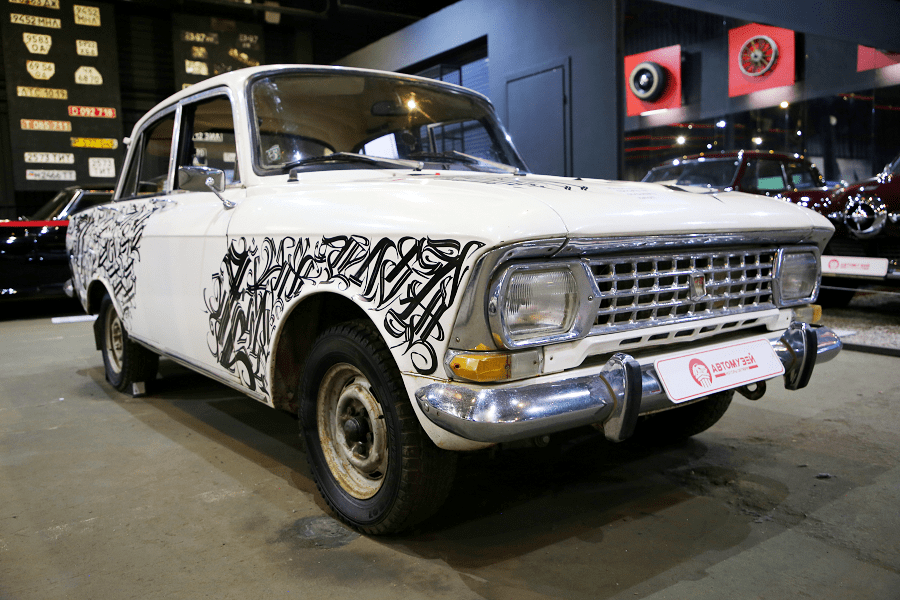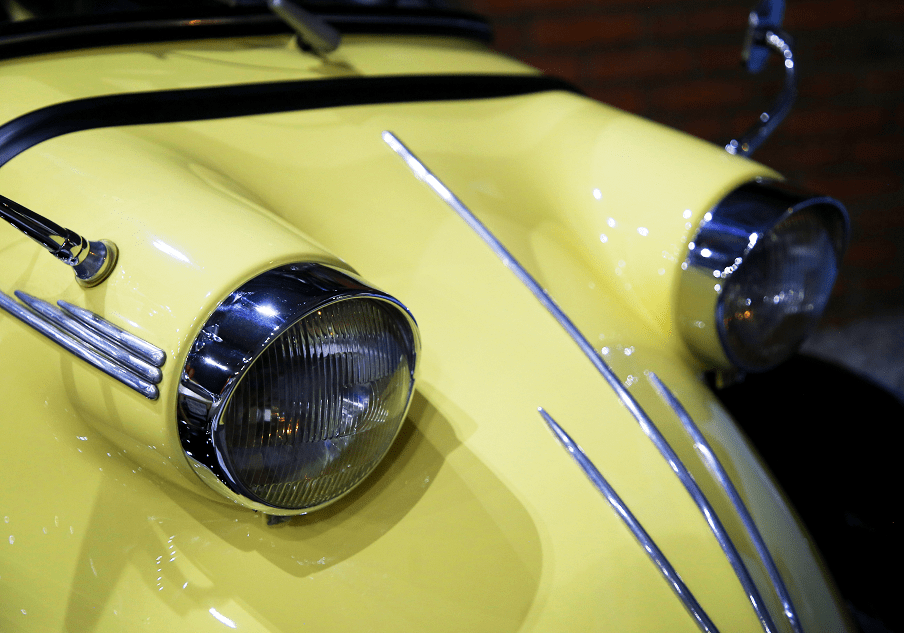Caudron G.4
The Caudron G.4 was a French biplane with twin engines, widely used during World War I as a bomber. It was designed by René and Gaston Caudron as an improvement over their single-engined Caudron G.3. The aircraft employed wing warping for banking. The first G.4 was built in 1915, and it was manufactured in France, England and Italy. It was the world’s first twin-engine aircraft to be widely used, starting in March 1915.
While the Caudron G.3 was a reliable reconnaissance aircraft, it could not carry a useful bombload, and owing to its design, was difficult to fit with useful defensive armament. In order to solve these problems, the Caudron G4 was designed as a twin-engined development of the G.3, first flying in March 1915. While the G.4 had a similar pod and boom layout to the G.3, it had two Le Rhône rotary or Anzani 10 radial engines mounted on struts between the wings instead of a single similar engine at the front of the crew nacelle, while wingspan was increased and the tailplane had four rudders instead of two. This allowed an observer/gunner position to be fitted in the nose of the nacelle, while the additional power allowed it to carry a bombload of 100 kg.
The G.4 entered service with the French Aéronautique Militaire in November 1915. It was the first twin-engine aircraft in service in any numbers with the French. The Caudron G.4 was used to carry out bombing raids deep behind the front line, being used to attack targets as far away as the Rhineland. Increasing losses led to its withdrawal from day bombing missions by the French in the autumn of 1916.
The Caudron G.4 also allowed many crews to shoot down enemy aircraft. It was on this aircraft type that René Fonck scored his first homologated victories, notably by forcing a German Rumpler C.I reconnaissance aircraft to land behind Allied lines on 6 August 1916.
Country: France
Year: 1915
Production: 1,421
Crew: 2 (pilot and gunner)
Length: 7.27 m (23 ft 10 in)
Wingspan: 17.2 m (56 ft 5 in)
Height: 2.6 m (8 ft 6 in)
Powerplant: 2 × Le Rhône 9C
Power: 160 HP (120 kW)
Max speed: 124 km/h (77 mph, 67 kn)
Ceiling: 4,000 m (13,000 ft)
Weight: 733 kg (1,616 lb)
Armament: 1 × machine gun + 113 kg (250 lb) of bombs














